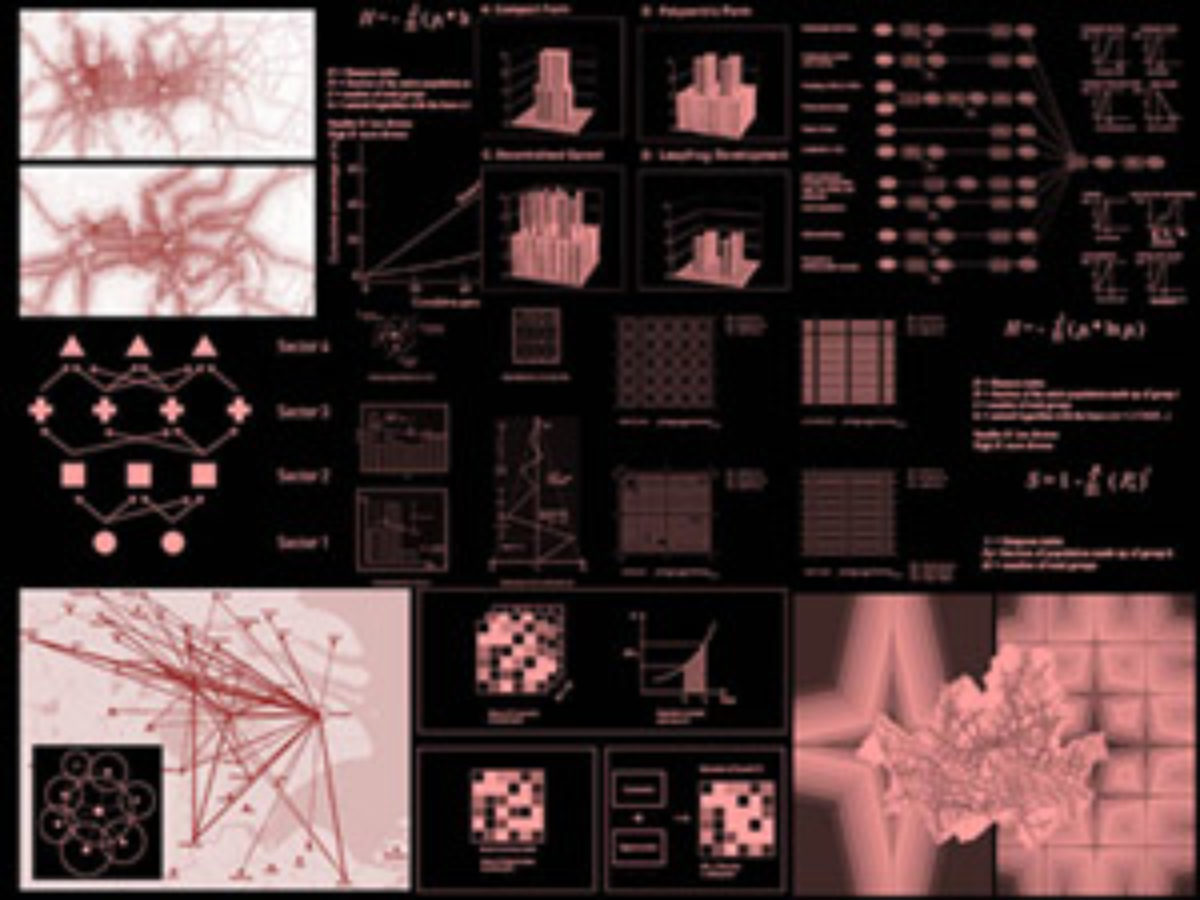Korean and East Asian Urban Research Program

Research focuses on urban settlement dynamics in evolving natural and regional contexts of Korea, China and Japan aimed towards identifying and explaining processes and arrangements that might be more optimal than others. Focus is also given to the physical characteristics of urban settlement patterns, involving planning, management and design associated with land use and environmental issues, buildings, landscapes, and supporting infrastructure, as well as on social, economic, and environmental factors which bear on the physical environment. Data is being gathered and a knowledge base formed extending to:
1. National and regional patterns of urban settlement at different scales, including spatial and inter-temporal changes, rank-size distributions and considerations of locational advantages and disadvantages.
2. Formal-functional properties of urban settlement at different scales. These will include densities, characteristics of transportation, regimes, land uses and mixes of uses, morphological consideration of building concentrations, open space and urban service provision, along with apparent economies of scale and scope.
3. Rights, roles and responsibilities, and underlying processes of involvement by the public sector, private sector and civil society in shaping settlements, including differences among various national settings in these regards.
4. Metrics of sustainability, flexibility, and resilience. Periodic reports and other publications will be published during the course of the research, and results will be incorporated into on-going coursework and teaching at the Graduate School of Design, Harvard University.
Seoul, South Korea
2012-2017
Sponsored by the Eugene Corporation.